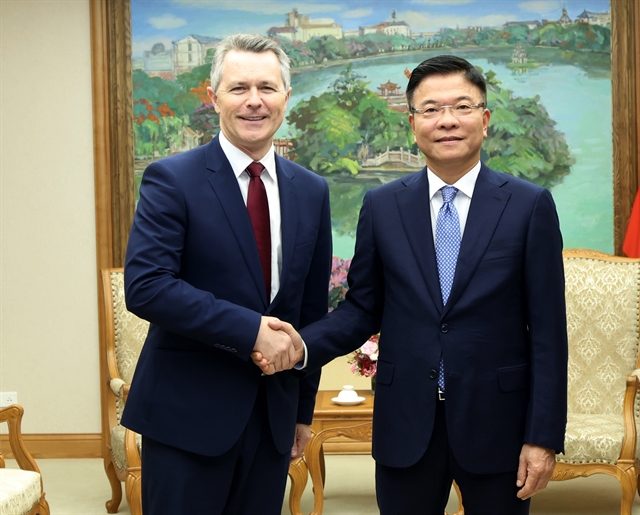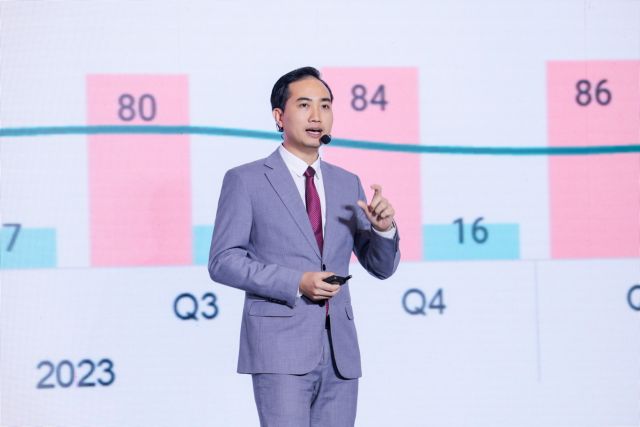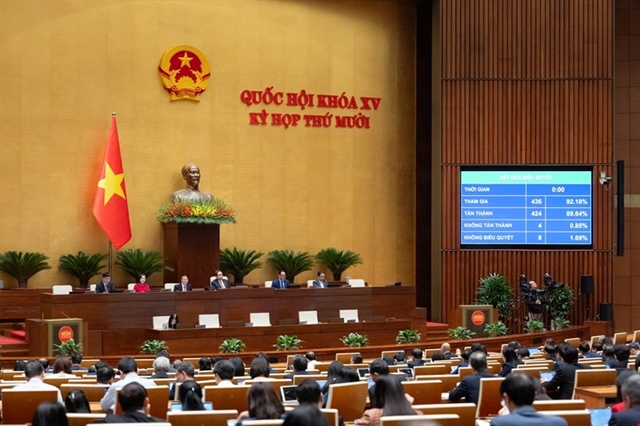 Politics & Law
Politics & Law


|
| Prime Minister Phạm Minh Chính meets Prime Minister of New Zealand Chris Hipkins in China on Tuesday. VNA/VNS Photo |
TIANJIN — Việt Nam attaches great importance to and wishes to expand its strategic partnership with New Zealand, Prime Minister Phạm Minh Chính told Prime Minister of New Zealand, Chris Hipkins, at a meeting on the sidelines of the 14th Annual Meeting of the New Champions (AMNC) of the World Economic Forum (WEF) in Tianjin, China on Tuesday.
The two PMs acknowledged with pleasure that the bilateral relations between Việt Nam and New Zealand had continually flourished in recent times.
They noted that the two countries had maintained regular exchanges of high-level delegations, and two-way trade continued to grow rapidly, hitting nearly US$1.3 billion in 2022 despite difficulties and challenges.
There was ample room for the two nations to further step up economic and trade cooperation, the PMs said, suggesting relevant ministries and sectors intensify promotion activities and further open up markets for each other's goods to lift the bilateral trade to US$2 billion by 2024.
The Vietnamese government would create favourable conditions for businesses of New Zealand to invest in Việt Nam, particularly in areas where New Zealand has strengths and Việt Nam has demand, such as education and training, processing and manufacturing technologies, agriculture, forestry, aquaculture, and construction, PM Chính said.
He also called for New Zealand’s support for Vietnamese businesses to operate in the country.
Hipkins congratulated Việt Nam on its achievements in socio-economic recovery and development, expressing agreement with proposals put forward by his Vietnamese counterpart, particularly in promoting economic and trade cooperation, and coordination in multilateral forums.
He emphasised the support of New Zealand for strengthening the central role of the Association of Southeast Asian Nations (ASEAN) in handling regional issues.
Both sides emphasized the importance of maintaining and promoting peace, security, stability, safety, and freedom of navigation and overflight in the East Sea (known internationally as the South China Sea); and promoting dialogue, enhancing trust, and settling disputes through peaceful measures in accordance with international law, including the United Nations Convention on the Law of the Sea (1982 UNCLOS). — VNS




